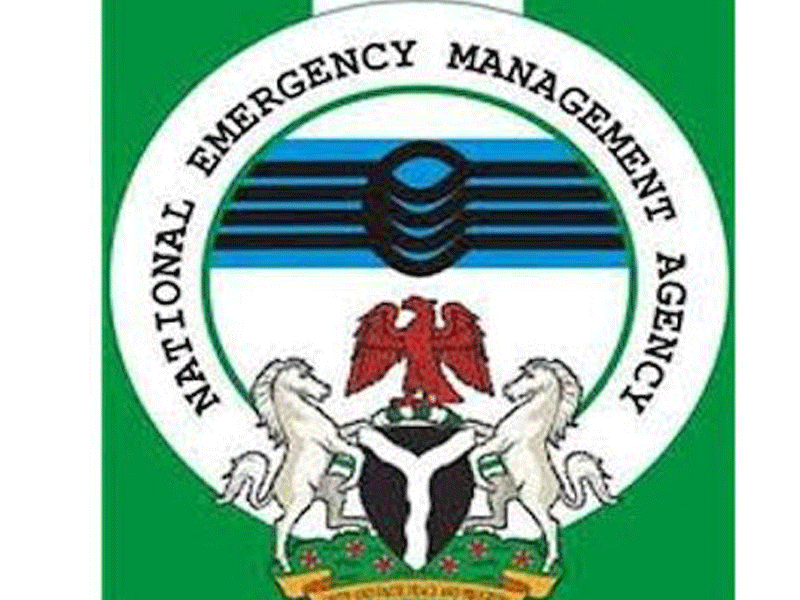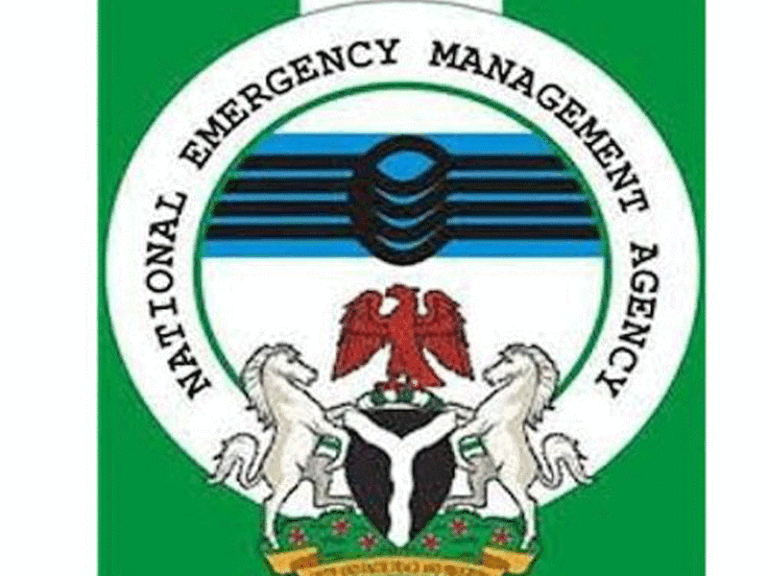
The National Emergency Management Agency (NEMA) has reported that 231 individuals have lost their lives, 607 have been injured, and 315,762 have been impacted by flooding this year. Furthermore, the agency has stated that 114 persons remain missing due to the flood, which has affected 86 local government areas (LGAs) across 25 states.
The data also reveals that 113,367 individuals have been displaced, with 40,493 houses destroyed and 46,304 farmlands affected. According to the updated 2025 flood dashboard released by NEMA, 10 states have been most severely impacted by the flood.
The states most affected by the floods are as follows: Lagos, with 52,013; Adamawa, with 51,713; Akwa Ibom, with 46,233; Imo, with 29,242; Taraba, with 26,722; Rivers, with 22,345; Delta, with 14,057; Abia, with 11,907; Borno, with 8,164; and Kaduna,
with 7,334. According to the data from the agency, children were the most impacted demographic. The data indicates that 143,683 children, 100,079 women, 60,408 men, 11,592 elderly individuals, and 2,265 disabled persons have been affected by the floods this year.
States impacted include Abia, FCT, Adamawa, Akwa Ibom, Anambra, Bayelsa, Borno, Delta, Edo, Gombe, Imo, Jigawa, Kaduna, Kano, Kogi, Kwara, Lagos, Niger, Ondo, Rivers and Sokoto. In the wake of the flood, key challenges identified are resource shortage, inaccessibility, community resistance and security risk.
Fortunately, NEMA has pinpointed key areas where support is needed, with resource shortage being the primary challenge at 69 per cent. Inaccessibility, community resistance and security risks follow at 16 per cent, 7 per cent and 6 per cent respectively. The priority needs of those affected have been identified as food, shelter, WASH, health, livelihood, nutrition, education, protection and security.





